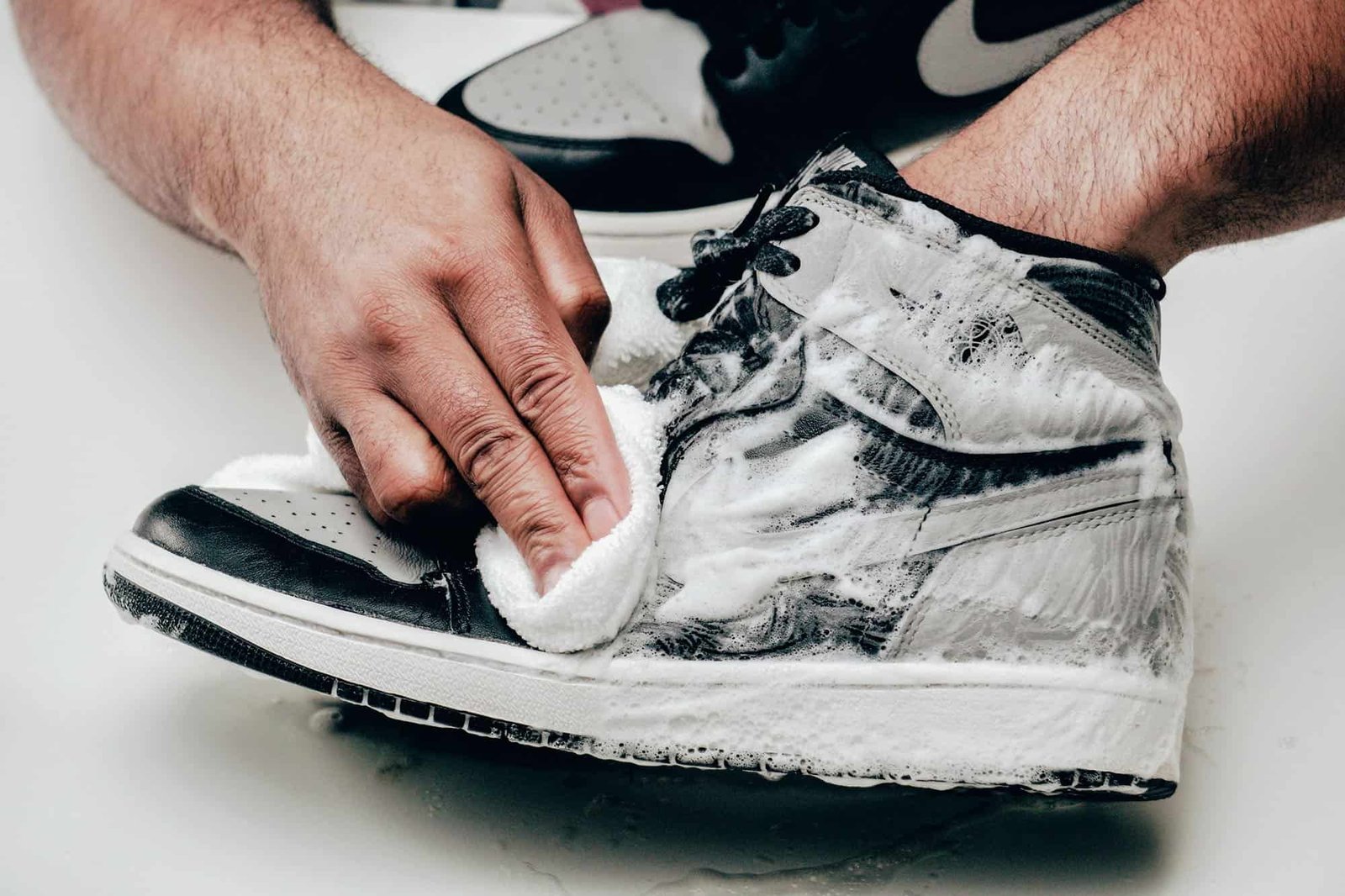Writing a lab report revolves around several things including results, methods, and more. The main focus of writing a lab report is what is your understanding of the scientific methods you have applied while doing an experiment in the laboratory. We can also refer to such types of tasks as research papers.
The practice of writing a lab report is mainly common in science, engineering, mathematics, and technology fields. Moreover, the process of writing a lab report is not similar to normal writing. It includes several parts which are worthy to be acknowledged.
Like writing a report lab, a medical field education also has to go through writing a dissertation. Writing a report can be a difficult thing to do.
So, in this blog, we are going to explain the whole process step by step.
Steps Overview for Writing a Report Lab
Before delving deep into the process, it would be great if you knew what things are required to write a report lab. Here is an overview of what things you should include in your lab report:
- Title
- Abstract
- Introduction
- Method
- Results
- Discussion
- Conclusion
Mostly, all lab reports consist of these sections but it is not a rule to include all of them. You can skip some of these or combine them with each other.
Step 1: Title
You have to write a title in a way that shows which findings and results you are going to talk about in your lab report.
Write a title that conveys the main topic or theme of your report. Being creative or catchy is not a primary focus in this. Your title must be an informative one.
Step 2: Abstract
The purpose of the abstract is to provide an overview of your whole report in 250-300 words. A well-written abstract includes an overview of your findings, what methods you have used, the final results you get, and a conclusion.
The abstract is like giving a preview to the reader about what things have been included in your lab report. Although, it is a second section in your report, write it once you are done writing the whole report. The reason for this is you already have all the required things to include in your abstract. Also, don’t forget to use past tense while writing.
Step 3: Introduction
A well-written introduction always sets a scene for your lab report. For better writing, you can also use funnel structure (a funnel structure). Here is what the funnel structure includes:
- Discuss broad topics first.
- Narrow down the discussion to the main topic.
- End writing with a clear question.
Step 4: Method
The method section in a lab report is usually used to define what steps you have taken to collect all the data to analyze later. For a well-written method, you have to provide all the undertaken steps. By doing this, you can make it easier for the reader to evaluate your lab experiment procedure. Or to make it much easier, by taking cheap Lab report writing help in UK or assistance from seniors.
Use past tense while writing this section.
If you have a list of procedures you have taken and you want to mention it, list them in the appendices. But you have to mention it in the text before the abstract.
In your method section, you must have to describe all of these:
- The design of your experiment.
- Your subjects.
- The material you have used.
- Any specific producer that you have used to collect and analyze data.
Step 5: Results
In the result section, you should mention the results you have got through the procedure of analysis you have done statistically. You should also mention whether the results you got after statistical testing have opposed our initial hypothesis or supported it.
The main results that you must have to mention in your report are:
- Descriptive statistics (If any).
- Results you have got after statistical testing.
- The test results are significant.
- Estimation of confidence intervals or standard errors.
You can mention these results in the format of text or table. For showcasing key results, write in in text and highlight them. If you want to provide a large set of data, use a table. Use graphs if you want to show a relationship of variables.
If you have done any complex experiment, mention the sample calculations you have done to solve that. Also, use a brief description of what you have done in your calculation and how you get the results.
Step 6: Discussion
The main purpose of the discussion section is to show what you have understood throughout the experiment and what was your critical thinking while doing an experiment.
Things you can do in your discussion section:
- You can do an interpretation of your results.
- Comparison of what you were expecting and what results you got.
- Explore the sources of errors in your experiment.
- Mention any result that you were not expecting.
- Provide suggestions to make future experiments better.
- You can also mention if your analysis procedure was appropriate for the collected data.
- Are your results in line with what other students have gotten? (Yes/No, provide an answer for both).
Step 7: Conclusion
The last section of any report lab is a conclusion. In this section, you have to summarize your report. This includes the findings of your experiment and what were the strengths and limitations of your experiment. Moreover, it also includes your study implications that can be used for further research.
However, some labs and research centers are not in favor of including a conclusion in the lab report. The reason for this is that the conclusion may overlap with the lab report’s discussion section. To avoid this situation, it would be better to ask your instructor first.
Writing a report lab can be as difficult as writing a report. But you can get professional report writing help to remove this hurdle from your academic journey.
Final Words!
Lab report writing is an essential part of any crucial experiment. This is why it is important to understand all the aspects of writing it. We have discussed all the essential sections that make a lab report as per what is required.
Moreover, you can also follow the above 7 steps so the next time it will be much easier for you to write a lab report than before.




